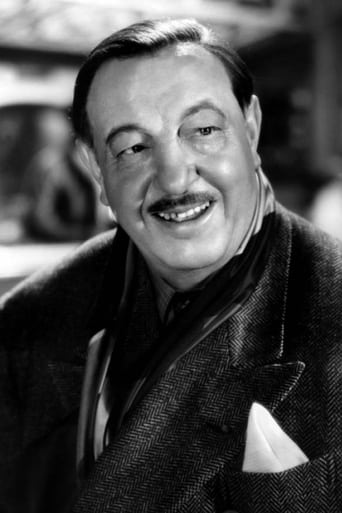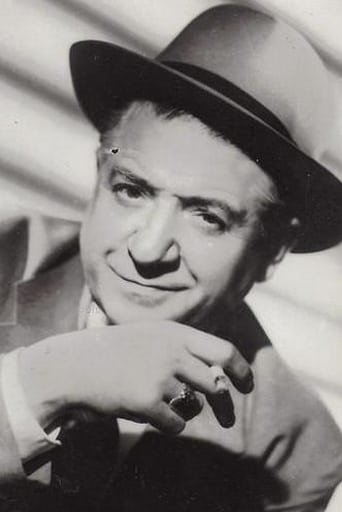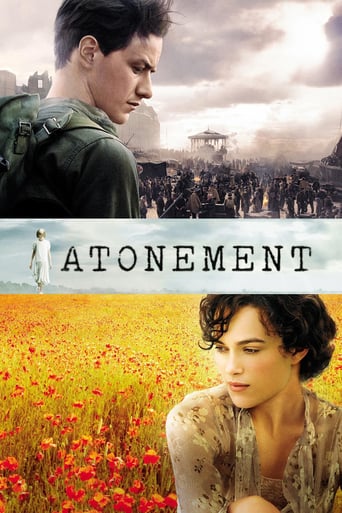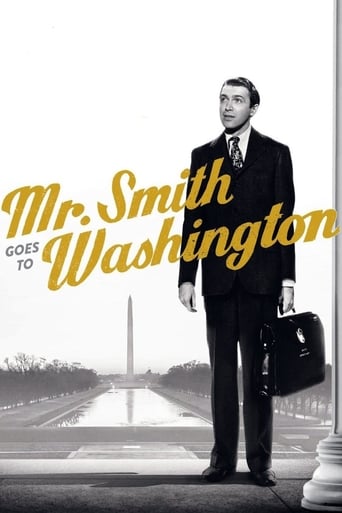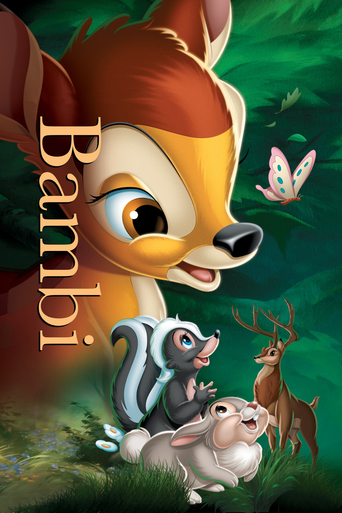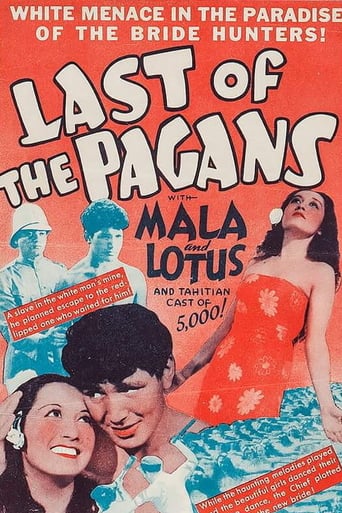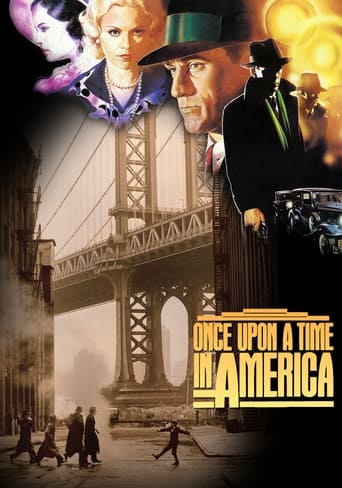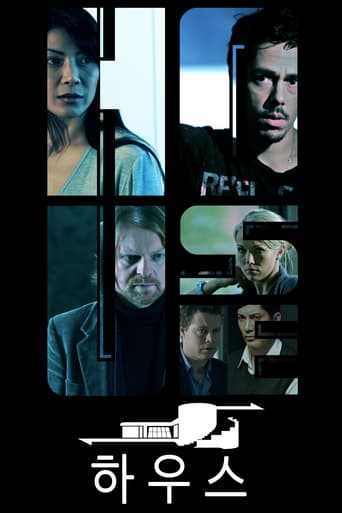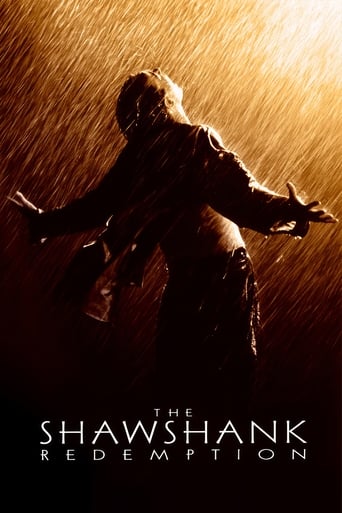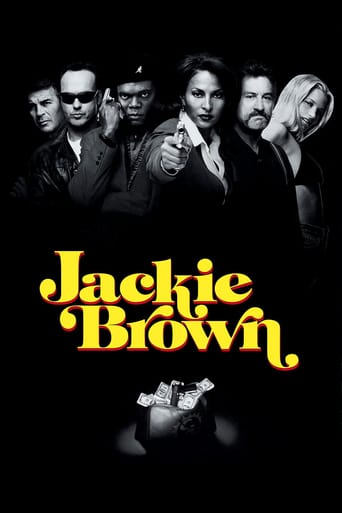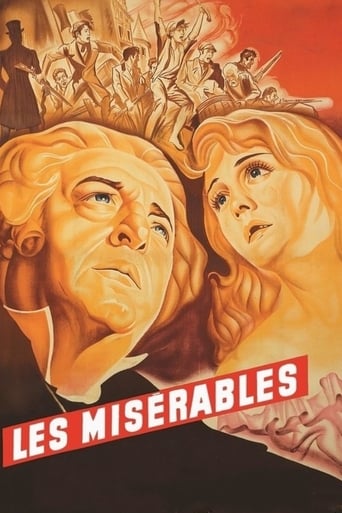
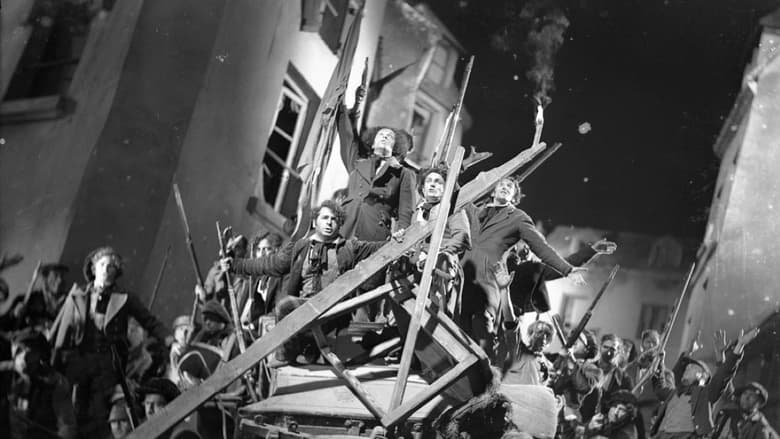
Les Misérables (1934)
In 19th century France, Jean Valjean, a man imprisoned for stealing bread, must flee a relentless policeman named Javert. The pursuit consumes both men's lives, and soon Valjean finds himself in the midst of the student revolutions in France.
Watch Trailer
Cast


Similar titles
Reviews
Raymond Bernard was certainly the most underrated director of the thirties ;his name is almost never mentioned along the usual suspects :Renoir,Carné,Duvivier,Pagnol,Christian-Jaque,Grémillon,et al;he nevertheless produced two classics in this golden era: his gigantic "Les Miserables" and his work about WW1 slaughter, "Les Croix De Bois "which compares favorably with Gance's "J'Accuse" or Kubrik's "paths of glory".People interested in his Hugo adaptation (and they are numerous) should try and watch other works : a prolific director,he made forgettable movies (like everybody else) but "Cavalcade d'Amour " (1939) which tells three love stories in the same place but at different times;"Un Ami Viendra Ce Soir" a curious movie about the French Resistance - which might have inspired De Broca for his highly praised "Le Roi De Coeur ";"Le Jugement De Dieu" , a brilliant melodrama in the Middle Ages poorly remade later as a sketch of "Les Amours Célèbres with B. Bardot and A.Delon;a black comedy " Le Septième Ciel" ,all these movies worth seeking out;there's also a silent version of "Le Miracle Des Loups "(1924),later remade by André Hunebelle in the sixties.Forgive me for this long introduction,but it's really a pity this director should be ignored even in his native country (among the many comments,how many come from French users?).In the thirties ,it was a titanic task,actually an equivalent of Gance's "Napoleon" of the twenties;it's the only French thirties work which features three parts :at the time,in Paris, it was possible to see the whole in one day,for the theaters did not show the same film;later on,with the staggering exception of "Les Enfants Du Paris" ,the two-part movies (such as "Le Comte De Monte Cristo" and Le Chanois's much inferior own "Miserables" ) were released several months apart.The male cast is close to perfect:Harry Baur is considered one of best French actors of all time ,the extraordinary lead of Duvivier's first talkie "David Golder "and was made to portray Valjean ;his restrained but highly intense acting works wonders in the scene with bishop Myriel and in all his scenes with Javert played by the always reliable Charles Vanel ,the only French actor enjoying 2 movies in the IMDb top 250- 'Le Salaire De La Peur " and "Les Diaboliques" - by the way!matching them all along the way is Charles Dullin - a great stage actor whose portraying of Molière's Harpagon has remained memorable-as Thénardier ,with his face ravaged by greed;Jean Servais the French audience mainly remembers for his later parts and often forgets there was a time when he was young,and he is a very good Marius.On the other hand,the female parts are more uneven ;Florelle as Fantine is deeply moving ,the destitution's child who endures the unwed mother's fate;the great Marguerite Moreno shines as La Thénardier ,the actress was as convincing as a shrew as she was as a Grande dame;Pagnol's Orane Demazis is less talented as Eponine although she fortunately forgets her Provençal accent and has a good final scene (the part was intended for Arletty ) ;as for the forgotten actress who plays Cosette,she is totally bland (the part was intended for Danielle Darrieux)Although Waterloo is not included -represented here by a painting and some Thénardier's lines- there are imposing scenes on the barricades ,and the death of Gavroche ("this little soul had flown away") is really moving,with a young actor with more screen presence than his sister;more intimate scenes such as these with bishop Myriel go straight to the heart ;and "the tempest in the skull" shows Bernard's virtuosity ,here in a league with Abel Gance .Neither Le Chanois's nor Hossein's versions ,let alone American effort starring Liam Neeson can hold a candle to Bernard's Magnum Opus.
I came across this by accident, broadcast over 3 nights on TV - I recorded it, and watched the whole thing without being able to leave the sofa. It is the best movie I've ever seen.4½ hours long, subtitled black-and-white Victor Hugo epic doesn't sound appealing, or only to 'art house' fans, but not so ... if you ever get a chance to see it, do!The acting is tremendous, as is the cinematography. Certain visual moments are forever imprinted on my mind, such as the moment when a helping hand comes out of nowhere to help the collapsed Cosette, or the moment when a nun, sworn to always tell the truth, lies to protect the protagonist, Jean Valjean.It is a superb retelling, and remains the best version of this classic novel. What makes it even more poignant is how themes in the movie were reflected in the real lives of the actors. Harry Baur, who plays the lead - a man falsely imprisoned and whom is relentless pursued through the film - lost his life a few years later at the hand of the Gestapo for being suspected of aiding the resistance, and Gaby Triquet (the young Cosette) was shamed and blacklisted for having an affair with a German soldier and never worked again.I've seen a few 1930s features, and while enjoying them, would not expect others to sit through them. Not this! It is everything a good movie is about - superbly crafted, mesmerising to watch, and leaves you seeing the world slightly differently afterwards. I've never seen better.
After watching this first adaptation of Les Misérables, I'm afraid the bar is set high. Raymond Bernard achieved what I thought was impossible: he took this gigantic and epic masterpiece of a book and turned it into a great film that works incredibly well within the medium.This long-lost masterpiece was shot during difficult times, forgotten too fast, re-cut, re-released, cut again, and finally let aside to sleep on a shelf at Pathé. The admirable initiative of Criterion, Eclipse, finally restored it and brought it to the public in a form that is believed to be close to the original. Raymond Bernard, after his WWI success Les croix de bois, was allowed a big budget to make this three-parts film. With a running time of almost five hours, it gives itself the time to capture the essence of the story. The very few changes that were made to the plot make perfect sense. They are mostly around the ending, which they shortened more than I thought they would, given its emotional power. Still, the book is pretty intact.As I said before, this is a great film, whether you've read the book or not. Some people disliked the extreme angles the director used through the film, especially during intense scenes. I thought they gave a creative and atmospheric touch to the film and worked really well within the context. Don't let them fool you, though: this isn't a purely visual experience, it's got a heart. Harry Baur is perfect as Jean Valjean, everything that I thought he would be. His performance makes you respond emotionally and involves you with his character, one of the greatest and most interesting of literature. Harry Baur once had the potential to become the equivalent of Jean Gabin is France, but he was arrested by the Nazis and tortured for information in 1943 because his wife was Jewish and suspected of taking part in the anti-Nazis activities in France, and died shortly afterward. He was a great actor that deserves more recognition, and he's at the top of his game here.The rest of the cast fit their roles perfectly. Jean Servais as Marius and Josseline Gaël as Cosette are as innocently annoying as they should be, playing the two young lovers and the least interesting characters. Charles Vanel is pure evil as Javert. The child-actors who play Gavroche and Cosette are pitch-perfect. The young girl looked like the "gravure" (I don't know the English word) used to promote the Broadway musical. Orane Demazis, though, is miscast as Eponine. She was 40 and playing a teenager, in a not so memorable performance. Eponine was one of my favorite characters and so I was a little disappointed. She is the only thing I would change about this otherwise fantastic cast.The memorable scenes of the book preserve their power. The insurrection made an impressive action scene. The sewer bit is as stressful and oppressing as it could be (The Third Man, anyone?). The convoy of convicts almost made me cry, as did the death of Gavroche and many other moments.All in all, this is not only a great adaptation, but a great film in itself, and is definitely amongst my favorites. Any thoughts for this epic film that my boss once said "puts Les enfants du paradis to shame"?
TFO (la Télévision Française en Ontario), the French Ontario TV channel has started showing the complete version of this 5 hours and 15 minutes piece (3 x 1 hour and 47 minutes) in three parts, on three consecutive Sundays, starting yesterday. This is a major event as this film is almost never shown, is not available on DVD and is usually cut down, when shown at all, to three hours. It is an amazing accomplishment for 1934 because of the following elements: the mobility of the camera, the sound effects, the music by Arthur Honegger, the witty, almost literary, visual ellipses, the interpretation of Baur and Vanel, the editing and eerie expressionistic camera angles, and the production values in general (sets and costumes cannot be topped). The only drawback of the TV showing is that the film is cropped vertically (the old "tops of the heads are missing" syndrome), which comes from cropping a 1.30:1 narrow ratio early-talkie film onto a 1.37:1 TV screen without pillar-boxing. It's still worth the watch. Needless to say: This is long overdue on DVD!Historical note: The creepy night scene where Cosette is sent, despite her fears, to fetch water a long way from home at the request of her heartless keepers, is a direct inspiration for Walt Disney's Snow White's panicky flight through the forest scene of three years later (1937).May 2008 update: As most of you probably know, the whole film is now available on DVD from Criterion's Eclipse series in Region 1.


